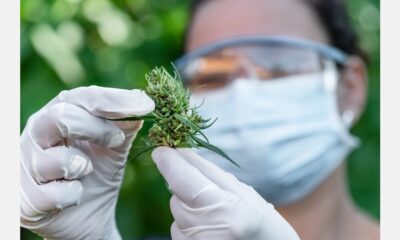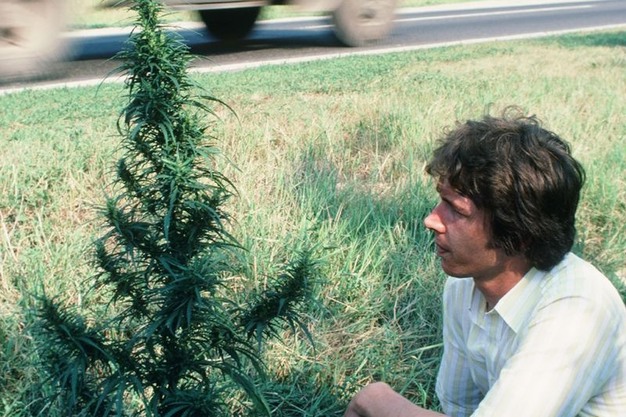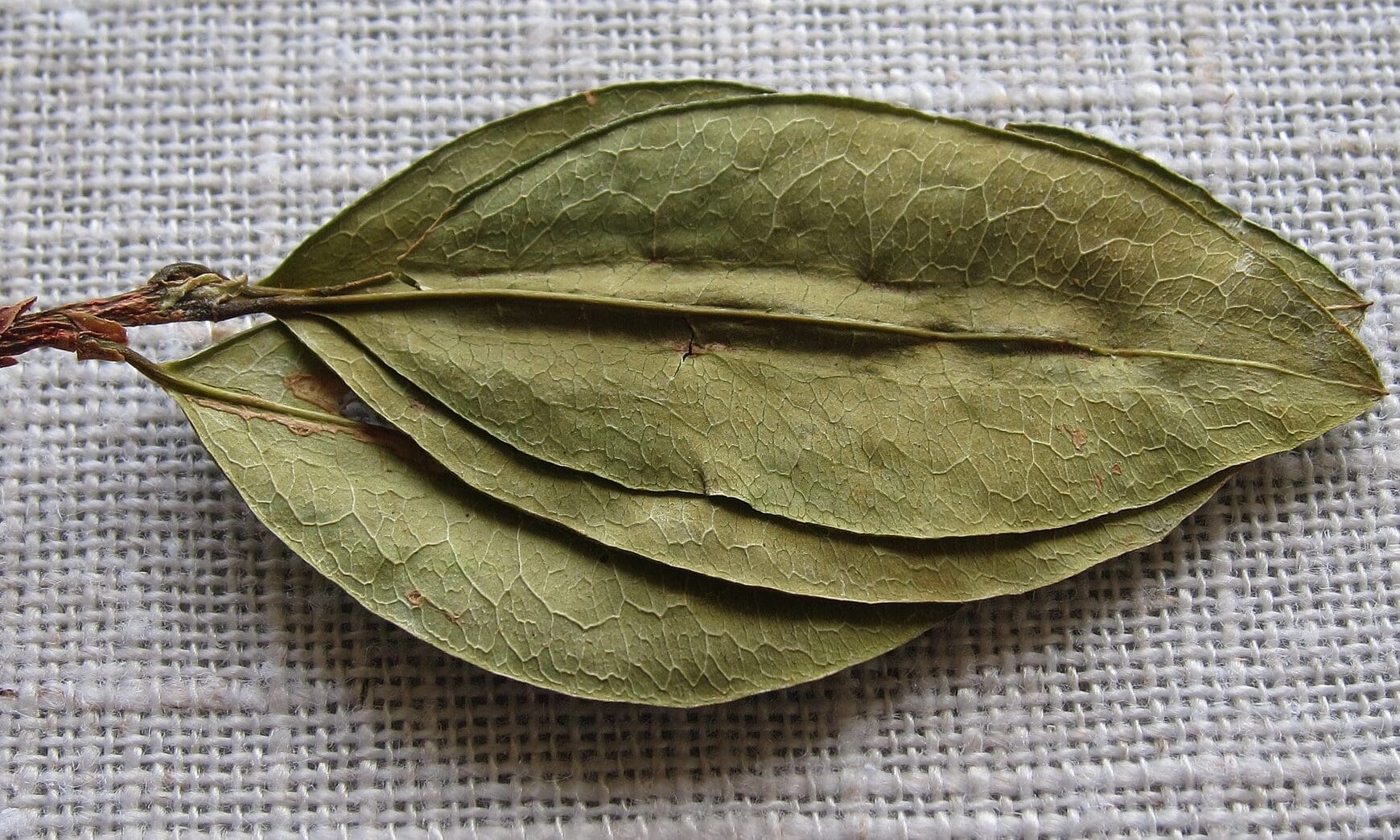On a controlled environment, it grows to manage different parameters as well as compared to open conditions in the field.
Warming gives the producers an edge to grow any crop, with the orchids to delicate orchids. When it grows inside, it’s all light. You know that traditional lighting doesn’t cut more. Therefore, more and more greenhouse operators are changing to greenhouse lighting and lower energy consumption, healthier plants and great returns.
Why Light Themes in Greenhouses
Plants are photosyntetically active active radiation (PAR), which is the wavelengths (400-700 nm) photosynthesis. When plants receive the right light at the right time, they grow faster, stronger and consistently.
However, sunlight is not enough. This occurs especially in northern latitudes, and even more during the winter. Enter additional lighting.
High pressure sodium (HPS) lights have been years. However, they are not energy efficient. Adjustable LED greenhouse lighting provides more customizable ways to help your crops.
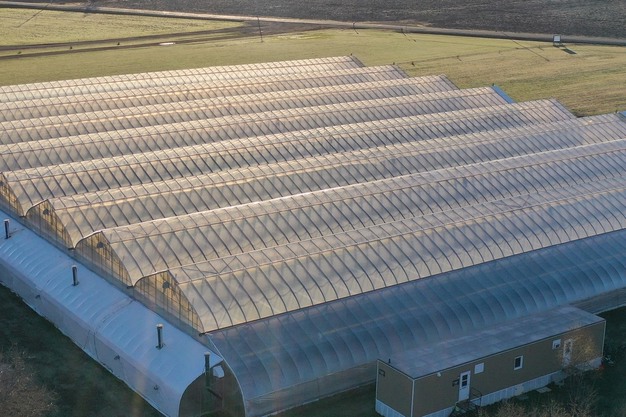 © Sollum Technologies
© Sollum Technologies
What to look for in the modern LED lighting system
Not all LED lighting solutions are created equal. To ensure maximum value, a system must be remembered. The most advanced and effective solutions are various key features that improve functionalities and benefits.
This feature is a cloud-based control platform. This allows breeders to manage and manage LED greenhouse lighting and energy consumption from anywhere. Taking advantage of the power of cloud technology, growers can ensure that their systems are constantly working on, even when they are physically present in the greenhouse.
Another important aspect of advanced LED lighting solutions is AI adaptations. The lighting should automatically adjust the intensity and spectrum to maintain optimal levels with the change in mood light, seasons or production objectives. This suitability guarantees that plants receive the exact amount of light necessary to grow, regardless of external conditions.
Finally, a dynamic lighting system supports specific crop “recipes”. These systems allow the recipe to create and tune recipes for recipes, adapting to special needs of different crops. When customizing the lighting conditions adapted to plant requirements, the growers can optimize the health and productivity of plants, with better results and the use of resources can be more efficient.
Advantages of using LED Greenhouse Lighting
LED greenhouse lighting offers many advantages on traditional systems. One of the most significant advantages is improved energy efficiency. LEDs use less power than the usual growing lights, often reducing energy consumption by 40 or more compared to high-pressure sodium (HPS) sydium. Reducing energy use returns directly to the utility invoices, especially during time, especially for large-scale greenhouses. Beyond the economic benefits, lower energy consumption also reduces the impact of the operation of the carbon trace and the environment.
Another advantage of LED lighting is the ability to focus on specific spectrums. The full spectrum LEDs allow vitarians to repeat the sunlight accurately, but it consists of a dynamic capacity to control real strength. While the Static LED improves traditional lighting, they have no adaptability. A dynamic LED system allows vineyards to create customized light recipes adapted to specific requirements of different phases and growth phases. Whether the roots, vegetative growth or promoting flowering, receive the exact light that plants need at all times, optimizing the health and productivity of plants.
As for LonGevity, modern LED has a typical lifestyle of more than 50,000 hours. HPS Bulbs compared to 10,000-hour life of 10,000 hours. This extended life means less replacement and less maintenance, and offering more tranquility and providing more operational coherence.
In addition, LED provides less heat than HPS lights, it facilitates control of the temperature and moisture of the greenhouse. The reduced heat output is essential to maintain optimal growth conditions, both temperature and humidity essential for planting health. Environmental controls are healthier plants and then better benefits.
Dynamic LED Lighting: Secret Precision Agriculture Weapon
Dynamic LED lighting takes the ability to control the greenhouse environment to the next level. These systems adjust the lighting in real time based on greenhouse room conditions, type of growth, growth phase and outside the weather. In other words, it is not a “set and forget” system; Answering, adaptive and fully in your control.
In a sense, the dynamic LED lighting is like a smart thermostat. If you need more red flowers to push the flower or if you want to imitate long sunny sunny days in January. Dynamic controls and cloud-based technologies offer crops according to the cultivation needs of a tailor-made lighting plan.
Which crop is most likely to take advantage of the LED greenhouse lighting?
Almost all greenhouse-raised crops can benefit LED lighting, certain crops are particularly highlighted because of the advantages they gain.
Tomatoes and peppers are photosaintically actively active radiation (PAR) and examples of the custom spectrums that provide LED lighting. The light spectrum to satisfy its specific needs, the breeders can significantly improve the growth and performance of these crops.
The green leaves and herbs also have a big impact from LED lighting. With a controlled environment LEDs, these crops can develop more closely and flavorful green extensions. LED systems for proper light conditions ensures strong growth and improved quality.
To obtain flowers and decorations, LED lighting provides detailed control over the intensity and photoperiod, which is key to regulating flowering cycles and improving coloring. This level of control allows vineyards to produce flowers with richer flowers and coherent flowering models, improving the marketing of cosmetic appeals and crops.
Berries also benefit the additional LED lighting. Coherent lighting helps maintain uniform performance and sweetness throughout the year. Ensuring the optimal environmental environment, LED systems allow berries to produce non-more abundant crops, but regardless of seasonal changes.
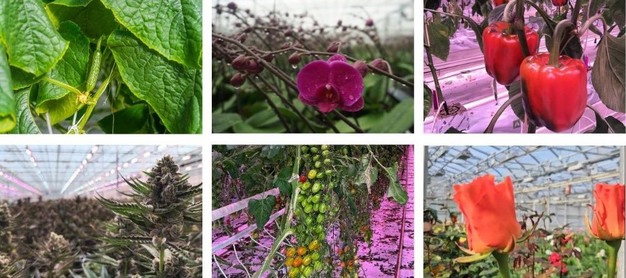 © Sollum Technologies
© Sollum Technologies
Measurement of light efficiency measurement and return on investment
How do you know that your lighting system is doing effectively?
A metric key grows light efficiency, measured in micromols of joule (μmol / j). It is indicated by how much light can be used in all energy units. The higher the number, the performance improves.
Higher efficiency engineering dynamic gardening system reduces stronger crops, higher performance and energy costs. For example, if you grow tomatoes in January, you can recreate the sun without electricity bills.
Crops, objectives, and suina, the farms see the whole roi in less than five years, allowing energy saving, reduced maintenance and better returns. For example, an Ontario tomato breeder, such as July can repeat the strong sun in mid-January without electricity bills.
Margins are in the industry and competition that can be close; These results make a real difference.
XXI. Century Greenhouse data are driven, energy efficient and adaptable. LED greenhouse lighting is in the middle of the evolution.
For more information:
 Sollum technologies
Sollum technologies
(Protected by email)
sollumtechnologies.com
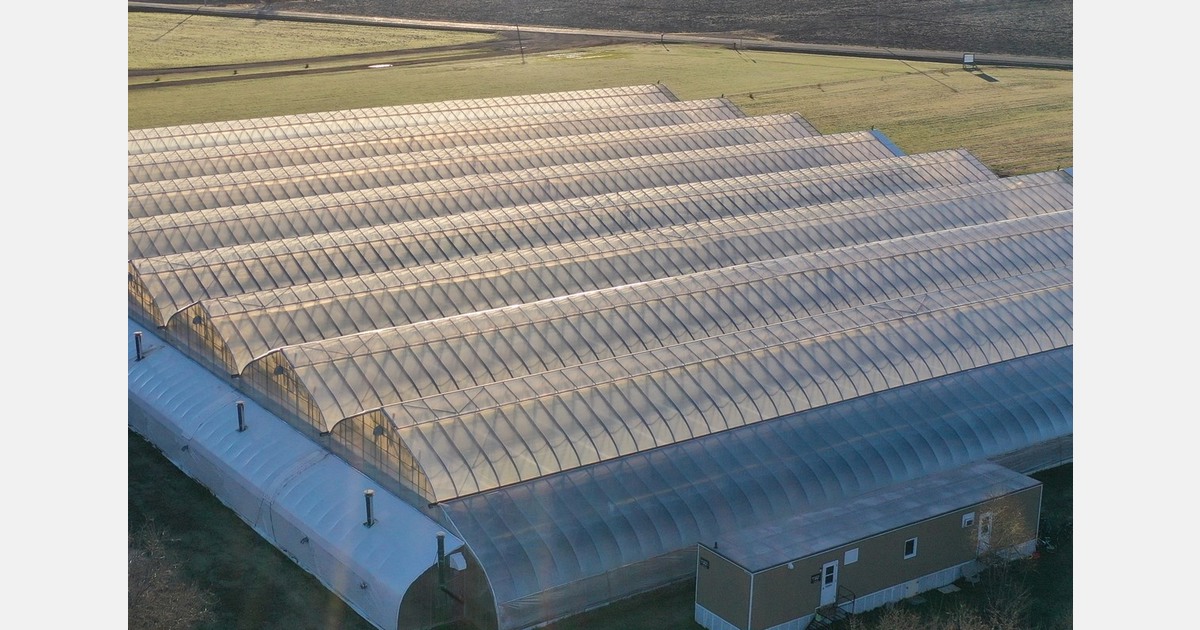

 Cannabis News4 months ago
Cannabis News4 months ago
 Florida4 months ago
Florida4 months ago
 Canadian Cannabis News4 months ago
Canadian Cannabis News4 months ago
 Best Practices4 months ago
Best Practices4 months ago
 Video4 months ago
Video4 months ago
 Video4 months ago
Video4 months ago
 Cannabis Products & Services News4 months ago
Cannabis Products & Services News4 months ago
 Video4 months ago
Video4 months ago






